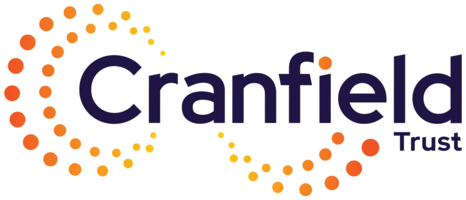There seems to be little good news at present, public services are under threat as local authority cuts start to come in, and the need for charities to step into an ever-widening gap is growing.
Government funding for charities, which makes up around 17% of sector income, much of it through local government contracts and grants, will fall, and donations from the public, the sector’s main source of income, are already under pressure in the cost of living crisis.
In this dark situation, what can we do right now to sustain vital charity services?
At Cranfield Trust, we’re advising charities to focus on forecasting: be proactive in managing costs tightly, forecasting cash-flow and reviewing reserve levels.
Understand your cash-flow: In the many important front line charities we work with, we often find that forecasts are based on budgets, not cash-flows, and that organisations just forecast to the end of their financial year, not for a rolling 12-18 months. Once you’ve looked into the abyss, you can see how long you’ve got to raise further income, and when you might need to make cost-cutting decisions.
Hope for the best, plan for the worst: It’s also common for charities not to have a strong enough Plan B. We all want to believe that we won’t have to make deep cuts, but it’s better to prepare for the worst, rather than failing to face up to all the possibilities.
Make the most of your fundraising time: In terms of income, maximise your fundraising time by talking to funders before applying, where funders are open to this. Understanding funder interests and how likely they are to be interested in your work saves time and effort on applications which won’t work.
Review your pipeline: In all fundraising activities, do some clear calculations on likely return on investment – and make sure you’re putting together pipeline information: when funding is likely to come in, how much, how confident you are of each piece of income – this should feed into your cash-flow forecasts. If you put all your ‘high confidence’ prospects into your cash-flow, will it be enough to meet your needs?
Update your business plan: Looking ahead, it’s also essential to make sure you have a formal, documented plan. It’s hard to manage costs if you haven’t set out a clear plan – you don’t have a baseline to work from. With your Board and colleagues, put your plan together so that you have a shared picture, then think about your priorities – if you do need to cut back, what will you cut first?
We’re in a really tough world, but it’s vital to keep looking ahead, and to use plans and numbers to describe different possible futures, to help us manage them.
Cranfield Trust is here to support charities with information, training, and one to one help. Our volunteer consultants, mentors and advisers work with vital charities to plan ahead and sustain services. If we can help you, please get in touch.

